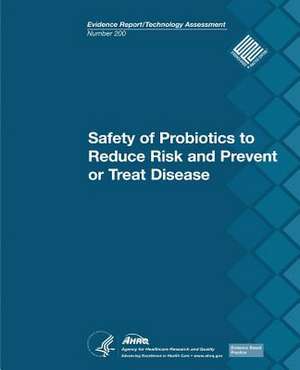Safety of Probiotics to Reduce Risk and Prevent or Treat Disease
Autor U. S. Department of Heal Human Services, Agency for Healthcare Resea And Qualityen Limba Engleză Paperback
Preț: 325.89 lei
Preț vechi: 343.04 lei
-5% Nou
Puncte Express: 489
Preț estimativ în valută:
62.36€ • 66.68$ • 51.99£
62.36€ • 66.68$ • 51.99£
Carte disponibilă
Livrare economică 27 martie-10 aprilie
Preluare comenzi: 021 569.72.76
Specificații
ISBN-13: 9781484907788
ISBN-10: 1484907787
Pagini: 648
Dimensiuni: 191 x 235 x 33 mm
Greutate: 1.1 kg
Editura: CREATESPACE
ISBN-10: 1484907787
Pagini: 648
Dimensiuni: 191 x 235 x 33 mm
Greutate: 1.1 kg
Editura: CREATESPACE
